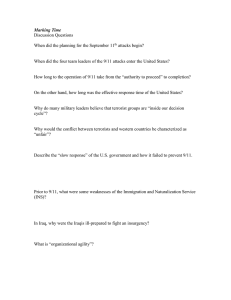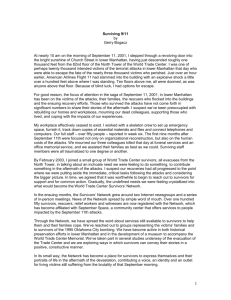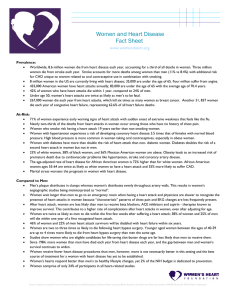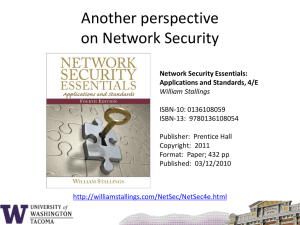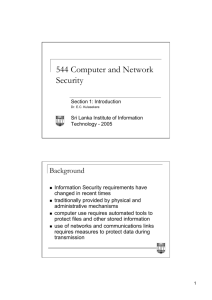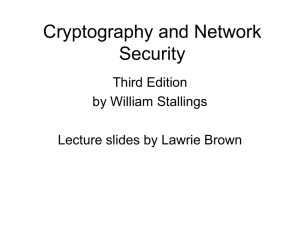Download PDF - Echo Photo Agency
advertisement
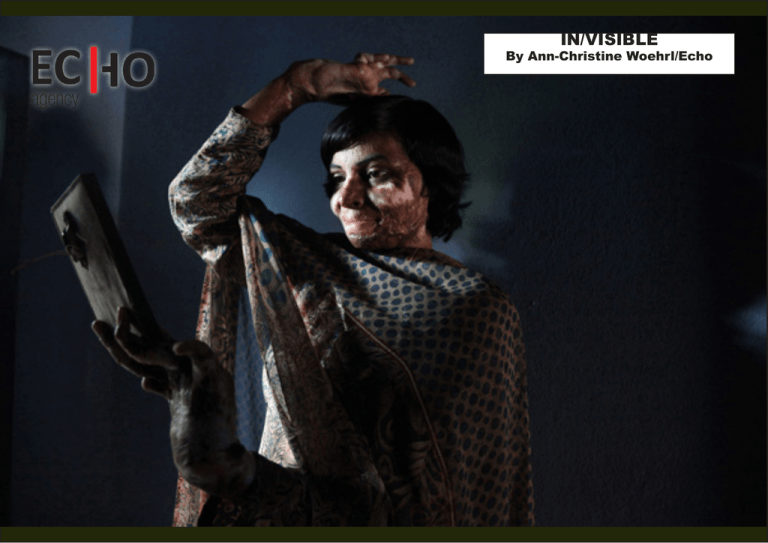
IN/VISIBLE By Ann-Christine Woehrl/Echo Invisible I n/visible – It is their scars which make people look at them. They are openly stared at or eyed discretely. Some people look away immediately because they are ashamed or feel awkward or want to forget what they have just seen. It is easier for society not to acknowledge those who are different, to ignore them and thus to exclude them and make them invisible. T herefore, it is not only the visible scars from which survivors of fire and acid attacks and accidents are suffering for their whole life. Above all, it is other people’s reactions to their disfigurements which are pushing them to the edge of society. Acid and fire attacks are committed all over the world. The media have recently reported about cases in England and Italy. Victims of such attacks can also be found in Iran, Afghanistan and Columbia. However, Bangladesh, Cambodia, India, Nepal, Pakistan, and Uganda are particularly affected. According to Acid Survivors Trust International based in London, partnering organizations in these six countries take care of the approximately 1,000 survivors of acid and fire attacks. Some of them were splashed with acid, others with kerosene and then set on fire, and others attempted to commit suicide by setting fire to themselves. E very year, some 1,500 acid attacks are registered worldwide. There are far more cases, however. Not every attack is reported. The survivors often do not dare report the perpetrator to the police, or they are financially dependent on them. Therefore, it is presumed that the number of unrecorded cases is significantly higher. Although one cannot ascribe acid and fire attacks to one country, one religion or one society, one fact cannot be denied: the majority of the victims are women. T EXT BY LAURA SALM-REIFFERSCHEIDT www.echophotoagency.com - info@echophotoagency.com - +39 02 94559873
